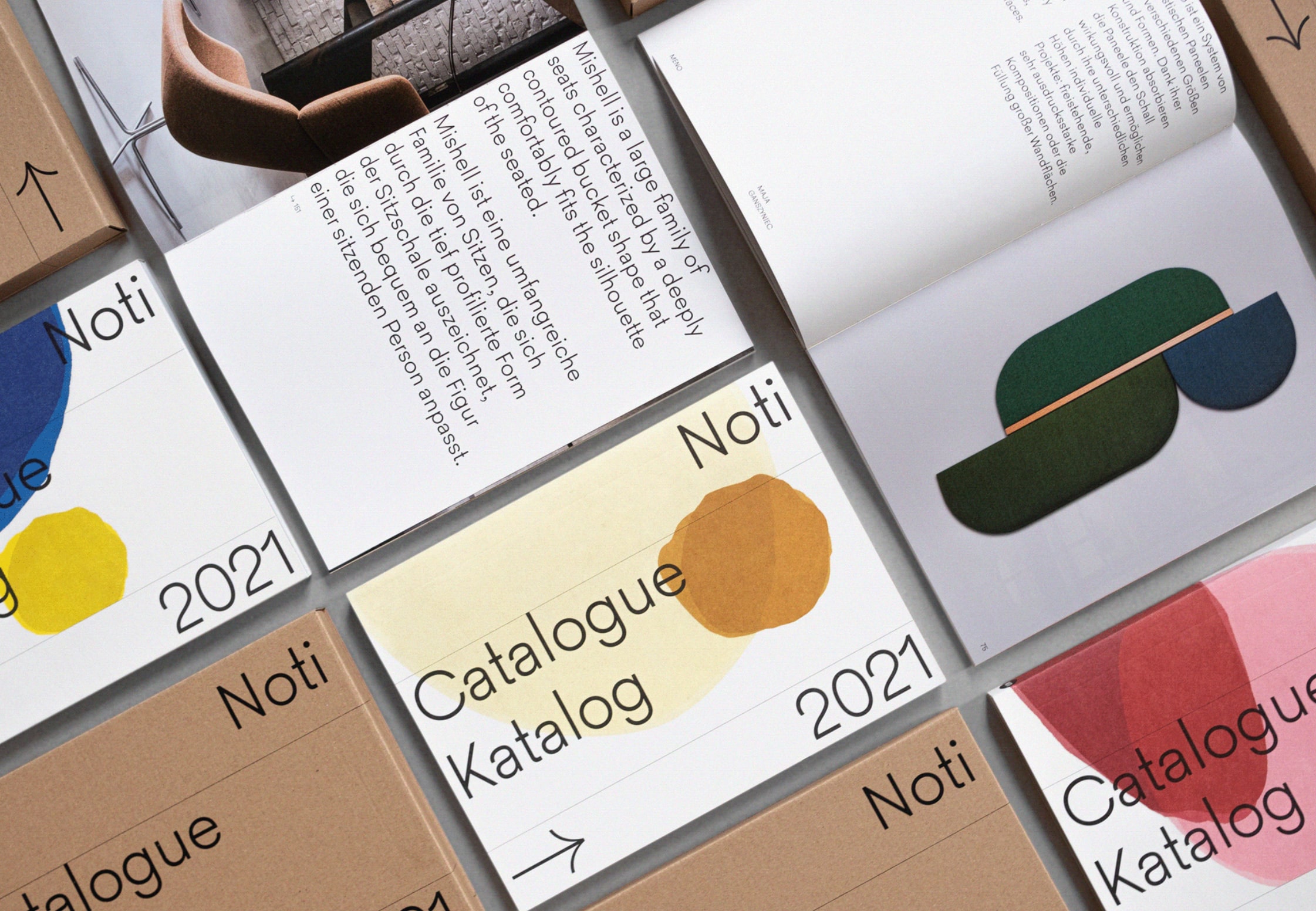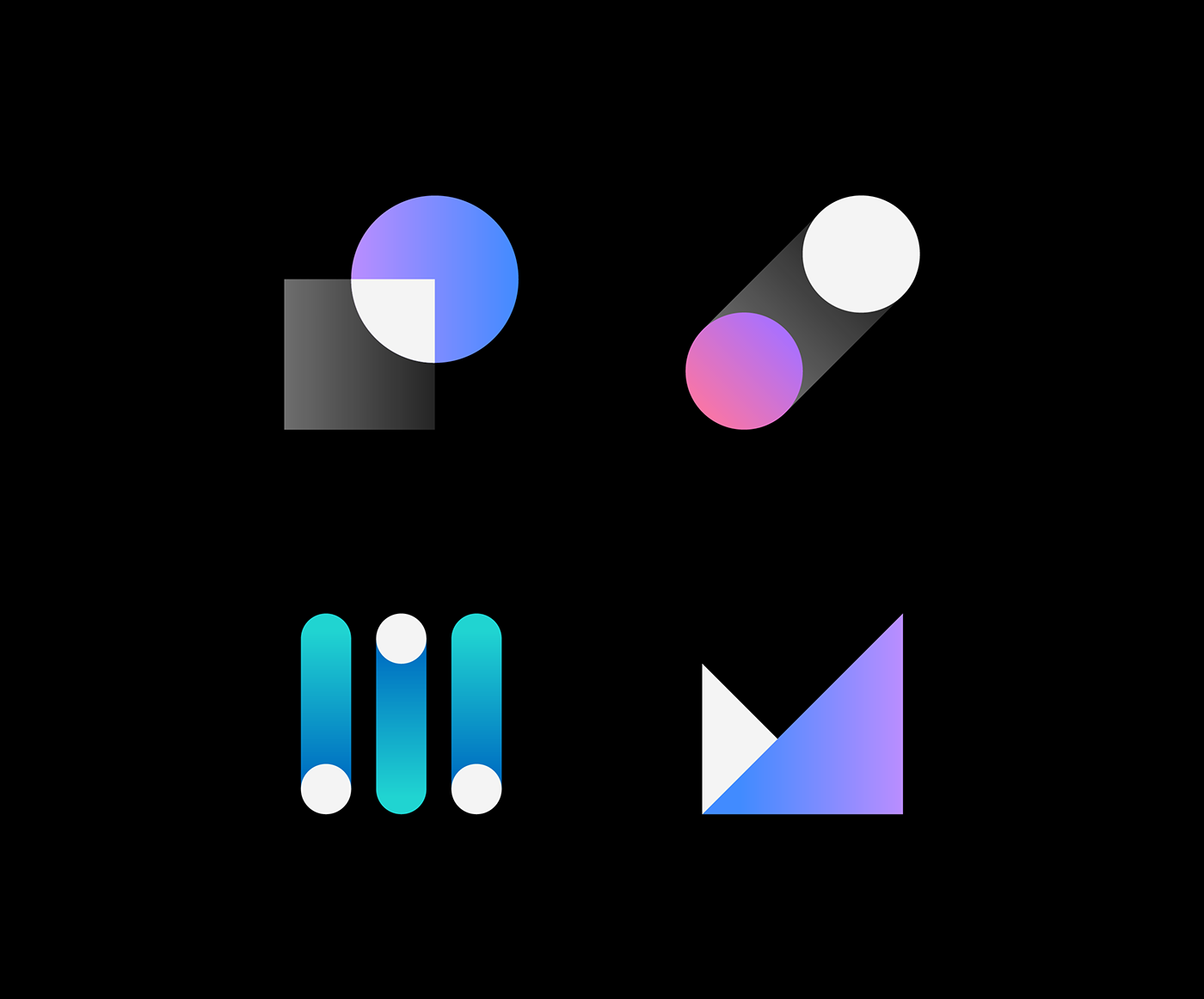The best laser cutters in 2021
Original Source: http://feedproxy.google.com/~r/CreativeBloq/~3/TDOftuzwhdQ/best-laser-cutters
Find the best laser cutter for perfect cuts and quality engraving.
Original Source: http://feedproxy.google.com/~r/CreativeBloq/~3/TDOftuzwhdQ/best-laser-cutters
Find the best laser cutter for perfect cuts and quality engraving.
Original Source: http://feedproxy.google.com/~r/abduzeedo/~3/1hiB2bME0FE/holographic-3d-exploration-roman-haswell-0
Holographic 3D Explorations by Roman Haswell

AoiroStudio03.11.21
I wanted to share these ‘Holographic 3D Illustrations’ by Roman Haswell who is a 3D ? graphic designer based in Novosibirsk, Russian Federation. Hi series is a take on 3D explorations made with a theme surrounding the ‘holographic effect’. With the rise of #NFT, it’s amazing how the community has been taking shape to somehow what we would say entering a new era. We have been supporting the digital space forever and will keep on supporting the community. Share some love!
Check out his Behance profile
Original Source: https://www.webdesignerdepot.com/2021/03/8-domain-name-myths-every-web-designer-should-know/
 A domain name is an essential element of every project, product, and company. It’s central to a brand and has a disproportionately large impact on user experience. Not only that, but it also impacts SEO and ultimately revenue.
A domain name is an essential element of every project, product, and company. It’s central to a brand and has a disproportionately large impact on user experience. Not only that, but it also impacts SEO and ultimately revenue.
Domain names are also one of the most commonly retailed elements in web technology, with most designers hoarding a small empire’s worth of domain names “just in case” the right side-project comes along.
Because so much of the information and advice on domain names is provided by companies selling domain names and is therefore not impartial, we wanted to bust some of the myths you’ll encounter.
Myth 1: Anyone Can Own a Domain Name
In fact, almost no one can own a domain name. As demonstrated by the (probably) annual renewal notices you receive, you are merely renting a domain name.
You pay a registrar, who registers the domain with ICANN (The Internet Corporation for Assigned Names and Numbers) — or an entity to whom ICANN has delegated the responsibility for a particular TLD.
Even when renting a domain, you do not have the right to use it; thousands of UK-based businesses have had .eu domains stripped from them as a result of being removed from the EU.
Myth 2: There’s a Perfect Domain For Every Project
Domains do not have inherent value; they acquire value over time.
25 years ago, if you were building a search engine, the ‘perfect’ domain might have been search.com, find.com, or perhaps look.com — the particularly cynical might have opted for webads.com. You almost certainly wouldn’t have registered google.com because it says nothing about search.
Any domain name can acquire value through longevity, SEO, and branding
google.com acquired its value through a simple, relentless branding strategy and a generous dollop of luck.
Any domain name can acquire value through longevity, SEO, and branding.
Myth 3: Your Domain Name Should Contain Keywords
If you’re at the point of registering a domain name, either your business is new, or your digital strategy is. In either case, you have hopefully carried out keyword research, but without a live site, your keyword research hasn’t been validated. In other words, you don’t know what your keywords are.
Even if you’re confident that you know exactly what your keywords should be at this time, your keywords may change. The pandemic has required most businesses to pivot to some degree. eatoutny.com isn’t much use if legal restrictions have forced you to switch to a delivery business — unless you’ve also registered eatinny.com.
Furthermore, in the area of ecommerce, customers tend to view keyword-heavy domain names as budget options because they are like generic-brand goods. It may be that your business will only ever be a budget option, but it’s not a wise business decision to restrict your options.
There is an SEO benefit to keywords in a domain, but it is minimal and will almost certainly vanish in the next few years — even for EMD (Exact Match Domains) — because it is too close to gaming the system.
Myth 4: You Don’t Need a .com
As frustrating as it may be to seek out a .com you’re happy with, nothing says “late to the party” like a .biz domain.
A .co extension is slightly better in some regions because the .co.** format is commonly used; .co.jp for example. However, .co tends to be typed as .com by users accustomed to the more common format.
nothing says “late to the party” like a .biz domain
It’s possible to opt for pun-based names using regionally specific TLDs like buy.it, or join.in. This kind of strategy will play havoc with your local search strategy because computers don’t understand puns; you’ll potentially do quite well in Italy or India, though.
If you’re registering a domain for a non-profit, then .org is perfectly acceptable. However, carefully consider whether a domain is worth the lost traffic if you can’t also register the .com (because people will type .com).
The one exception is industry-specific TLDs that communicate something about the domain’s contents to a target demographic. For example, .design is a great extension for designers, and .io is fine for an app if it targets developers (i.e., people who understand the joke). You should also register the .com if you can, and if you can’t, carefully consider whom you’re likely to be competing with for SERPs.
This is not to say that anything other than a .com is worthless, just worth less than the .com.
Myth 5: A Trademark Entitles You to Register a Domain
Trademark registration and domain registration are two entirely different processes, and one does not entitle you to the other. This has been legally challenged a few times and fails far more often than it succeeds.
Trademarks are rarely blanket registrations, which means the trademark owner needs to declare the industry in which it will operate; there was no enmity between Apple Inc. and Apple Corp Ltd. until the former moved into music publishing and no one could download the White Album onto their iPod.
There is, however, a limited value in registering a domain that has been trademarked elsewhere. Not least because you will be competing against their SEO, and if they’re big enough to trademark a name, they’ve probably grabbed the .com.
Myth 6: Premium Domains Are a Good Investment
Premium domains are domains that have been speculatively registered in the hope of attracting a huge resale fee. The process is commonly referred to as ‘domain squatting.’
Domain squatters bulk-register domains in the hope that one of them will be valuable to someone. As a result, they are forced to charge exorbitant fees to cover their losses; a premium domain will cost anything from 1000–100,000% of the actual registration cost.
Setting aside the cost — which would be better spent on marketing — premium domains often come with legacy issues, such as a troubled search engine history, that you do not want to inherit.
Myth 7: A Matching Handle Must be Available on Social Media
The business value of a social media account varies from company to company and from platform to platform. Even if it is valuable to you, numerous marketing strategies will accommodate a domain name: prepending with ‘use,’ or ‘get,’ or appending with ‘hq,’ for example.
More importantly, it’s unwise to allow a third-party to define your long-term brand identity; sure, Facebook is huge now, but then so was the T-Rex.
Myth 8: You Need a Domain Name
A domain name is an alias, nothing more. You don’t actually need a domain name — what you need is an IP address, which a domain name makes human-friendly.
Think of domain names as an accessibility issue; humans are less able to read IP addresses than computers, and domains bridge the gap. (See how helpful accessibility is?)
While a domain name is beneficial, question whether a sub-domain or even an IP address would do. Registering a domain is an exciting stage of a project that many people never get past, leaving themselves with a huge collection of domains that they pay an annual fee for, and never actually develop.
What Makes a Good Domain Name
Now we’ve dispelled some of the myths surrounding domain names, let’s look at the key characteristics shared by good domain names:
A Good Domain Name is Brandable
A brandable domain is non-generic. It’s the difference between a sticky-plaster and a band-aid. Unique is good, rare is acceptable, generic is a waste of money.
A Good Domain Name is Flexible
Keep it flexible. Don’t tie yourself to one market or one demographic. Your domain name needs to work now and fifty years in the future.
A Good Domain Name is Musical
Six to 12 characters and two to three syllables is the sweet spot. Names in that range have a musical rhythm our brains find it easier to retain and recall.
A Good Domain Name is Phonetic
There are 44 word sounds in the English language. Other languages have similar totals. If you use a domain name that is pronounced phonetically, it will be easy to communicate.
Source
p img {display:inline-block; margin-right:10px;}
.alignleft {float:left;}
p.showcase {clear:both;}
body#browserfriendly p, body#podcast p, div#emailbody p{margin:0;}
The post 8 Domain Name Myths Every Web Designer Should Know first appeared on Webdesigner Depot.
Original Source: http://feedproxy.google.com/~r/abduzeedo/~3/pTSl7rZdADw/slinky-nostalgia-3d
Slinky Nostalgia in 3D

abduzeedo03.10.21
Slinky Nostalgia is a sparkle of childhood memories. This beautiful 3D animation was created by the super talented, and fellow Brazilian, Frederico Felix, it’s his first NFT of the series available at Foundation.
Stills
Original Source: http://feedproxy.google.com/~r/abduzeedo/~3/1DGRktqklJM/noti-editorial-design
Noti – Editorial Design

abduzeedo03.09.21
Bękarty – shared an inspiring editorial design project titled Noti. Honestly I don’t fully understand the scope of this project, however the typography and the overall editorial design is really good. Hopefully someone can give me more details, not that it will change my mind about how inspiring this project is.
Credits
Cover graphics: Piotr Kuchciński
Cooperation: Piotr Kuchciński, Kamila Woynicz
Font: RT Catalog by Kamil Kurzajewski
Printing on paper: Cuturon X-treme 170g (cover), Pergraphica Natural Rough 120g, IQ Print 70g
Publisher: Noti — www.noti.pl
For more information make sure to check out http://www.bekarty.pl
Original Source: http://feedproxy.google.com/~r/CreativeBloq/~3/XXsRA3dluQc/best-website-builder-8133804
Looking for the best website builder? You’ll find it here: choose from both paid-for and free options.
Original Source: http://feedproxy.google.com/~r/abduzeedo/~3/DEOUrdt1yJQ/ibm-app-icon-design-visual-language-0
IBM App Icon Design & Visual Language

AoiroStudio03.04.21
Peter Garvin is working as a designer at IBM from specifically from the Brand Experience and Design Team. He shared a series of very cool series of iconography from their IBM Design Language. Divided into four categories: Stroke app icons, Fill app icons, IBM Plex app icons, and Hero brands. The visual direction is a mixture of minimal approaches coming together with gradients and shades. I think it’s a very intriguing direction compared to the past years and it’s nice to see it applicable either on light or dark theme to accommodate all sorts of use cases. Definitely worth checking it out!
More about ibm.com/design/language/
Credits
IBM Brand Experience & Design
Original Source: https://www.hongkiat.com/blog/truly-customizing-windows-10/
If you desire to enjoy a personalized experience on Windows 10, this tutorial will help you customize and tweak the desktop and user interface. It’ll only require some minutes to make the…
Visit hongkiat.com for full content.
Original Source: https://www.hongkiat.com/blog/hand-painting-artwork/
The human hand is a work of splendour. It is also a tool that can create other marvellous work as well. Take for instance the art of Hand Painting. Using the hands as part of the final artwork…
Visit hongkiat.com for full content.
Original Source: http://feedproxy.google.com/~r/abduzeedo/~3/Yc4S35lNH5s/poster-design-inspiration-x-studio
Poster Design Inspiration by X-UP Studio

abduzeedo03.01.21
Francesco Costantini and X-UP Studio shared a stylish graphic design project. It’s a collection of poster designs for their own studio. They all feature beautiful typography with a hint of that classic End of Print look from the master David Carson. I’ve always been a fan of this style and of course I had to feature it here.
For more information make sure to check out X-UP Studio on Instagram
